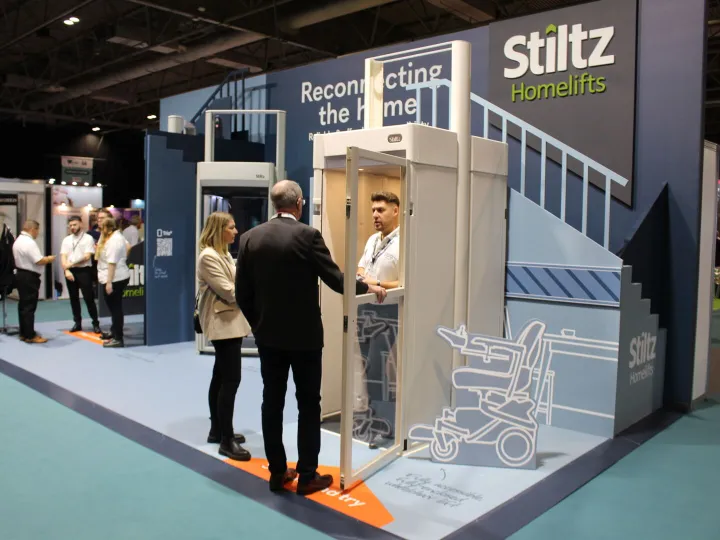Stiltz Help Build Independence
Creating accessible homes is vital for supporting independence, safety, and dignity for people with disabilities and older adults, and central to this effort is the Disabled Facilities Grant (DFG). However, says Amy Francis-Smith, RIBA, despite its potential to transform lives, the DFG's current limitations and the uncertainty surrounding promised funding increases leave room for improvement.
The DFG enables local authorities to fund necessary modifications such as widened doorways, accessible bathrooms, and other adaptations that improve safety and mobility. It is particularly significant for those who wish to remain in their homes rather than move to costly assisted living facilities or care homes.
For many, these changes mean regaining independence and avoiding unnecessary hospital visits caused by preventable accidents, such as falls.
While the government recently pledged to increase DFG funding by £86 million, allowing for nearly 8,000 additional adaptations, the timeline for these changes remains uncertain. Meanwhile, the existing £30,000 grant cap in England, unchanged since 2008, often falls short of covering the actual costs of complex adaptations. With inflation driving up prices, the gap between funding and need continues to grow.
One of the most pressing challenges with the DFG is the delay in delivering adaptations. Many local authorities struggle to meet the recommended six-month timeframe, leaving individuals waiting far longer – sometimes years – for critical modifications. These delays not only impact quality of life but can also result in unsuitable adaptations by the time they are installed, as needs may change over time.
Unlock full potential
Awareness is another hurdle. Studies have shown a significant portion of those eligible for the DFG are unaware of its existence. This includes both homeowners and landlords, who might be more willing to make adaptations if they understood the grant's scope and benefits. Efforts to simplify application processes and improve public outreach could unlock the full potential of this vital programme.
While navigating these systemic challenges, innovative products like homelifts continue to demonstrate how proactive adaptations can transform lives. For instance, the Stiltz Trio Classic L offers a practical and stylish solution for multi-level accessibility. Its larger platform and near-level entry provide wheelchair users with ease of use and safety.
A future-proof investment
Compact and energy-efficient, this homelift fits seamlessly into properties without significant structural changes, making it a future-proof investment for those planning to age in place.
Incorporating adaptations like Stiltz' products and other accessibility upgrades not only improves day-to-day living but also alleviates long-term healthcare costs. With the DFG as a key enabler, ensuring its efficient delivery and increased funding is essential.
By raising awareness, streamlining processes, and advocating for timely updates, Designers, Access Consultants, and Occupational Therapists can play a pivotal role in making inclusive homes a reality.
The path to accessible housing is a shared responsibility, and with the right focus, we can empower individuals to live safely, independently, and with dignity in the comfort of their homes.


